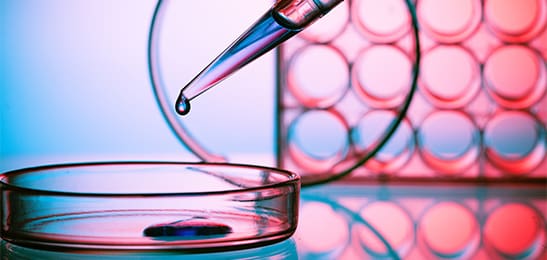
Enzymes are protein molecules that catalyze chemical reactions in living organisms. They are involved in many metabolic processes and play a critical role in maintaining the health of the body. In recent years, enzymes have been widely used in disease diagnosis, providing a quick and accurate way to detect and monitor diseases.
Enzymes for disease diagnosis can be divided into two categories: those that are produced by the body in response to disease and those that are specific to the disease itself. Enzymes that are produced by the body in response to disease, such as C-reactive protein (CRP) and erythrocyte sedimentation rate (ESR), are used to diagnose inflammation and infection. These enzymes are often elevated in the blood of patients with infectious or inflammatory diseases and are used as indicators of disease severity.
Enzymes that are specific to the disease itself are often used to diagnose and monitor cancer, heart disease, and liver disease. For example, prostate-specific antigen (PSA) is an enzyme that is produced by the prostate gland and is used to diagnose and monitor prostate cancer. Elevated levels of PSA in the blood can indicate the presence of cancer, while a decrease in PSA levels can indicate that the cancer is responding to treatment.
Similarly, cardiac enzymes such as creatine kinase (CK) and troponin are used to diagnose and monitor heart disease. These enzymes are released into the bloodstream when heart muscle is damaged and can indicate the severity of the damage. Liver enzymes such as alanine aminotransferase (ALT) and aspartate aminotransferase (AST) are used to diagnose liver disease. Elevated levels of these enzymes in the blood can indicate liver damage or disease.
Enzyme-based diagnostic tests are also used to screen for genetic disorders. For example, enzyme assays can be used to detect the presence of specific enzymes that are deficient in individuals with genetic disorders such as Tay-Sachs disease and Gaucher’s disease. Early detection of these disorders can lead to better treatment outcomes.
The use of enzymes in disease diagnosis is not without its limitations. Enzyme levels can be affected by a range of factors, such as medications, diet, and lifestyle factors, which can affect the accuracy of the test results. Additionally, enzyme assays may not be able to detect all diseases, and other diagnostic methods may need to be used in conjunction with enzyme assays.
One of the most common applications of enzymes in disease diagnosis is the measurement of enzyme activity levels in biological fluids. For example, the levels of alanine aminotransferase (ALT) and aspartate aminotransferase (AST) in blood serum are often used to diagnose liver disease. Elevated levels of these enzymes indicate liver damage or dysfunction, and monitoring their activity can provide valuable information for disease management.
Another area where enzymes are commonly used in disease diagnosis is the detection of infectious agents. Enzyme-linked immunosorbent assays (ELISAs) are often used to detect antibodies or antigens specific to infectious agents. These tests work by binding the target molecule to a substrate coated with an enzyme. The enzyme then catalyzes a reaction that produces a detectable signal, allowing for the identification and quantification of the target molecule.
Enzymes are also being developed for use in the diagnosis of cancer. One example is prostate-specific antigen (PSA), an enzyme that is overexpressed in prostate cancer cells. PSA levels can be measured in blood to aid in the detection and monitoring of prostate cancer. Other enzymes, such as matrix metalloproteinases (MMPs) and urokinase-type plasminogen activator (uPA), are being investigated as potential biomarkers for other types of cancer.
In conclusion, enzymes are essential biomolecules that have a wide range of applications in disease diagnosis. From measuring enzyme activity levels in blood to detecting infectious agents and identifying potential biomarkers for cancer and genetic disorders, enzymes have proven to be powerful tools in the fight against disease. As research continues to advance, we can expect to see even more exciting applications for enzymes in disease diagnosis in the future.